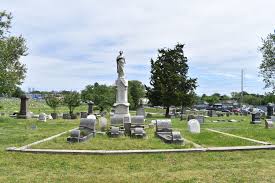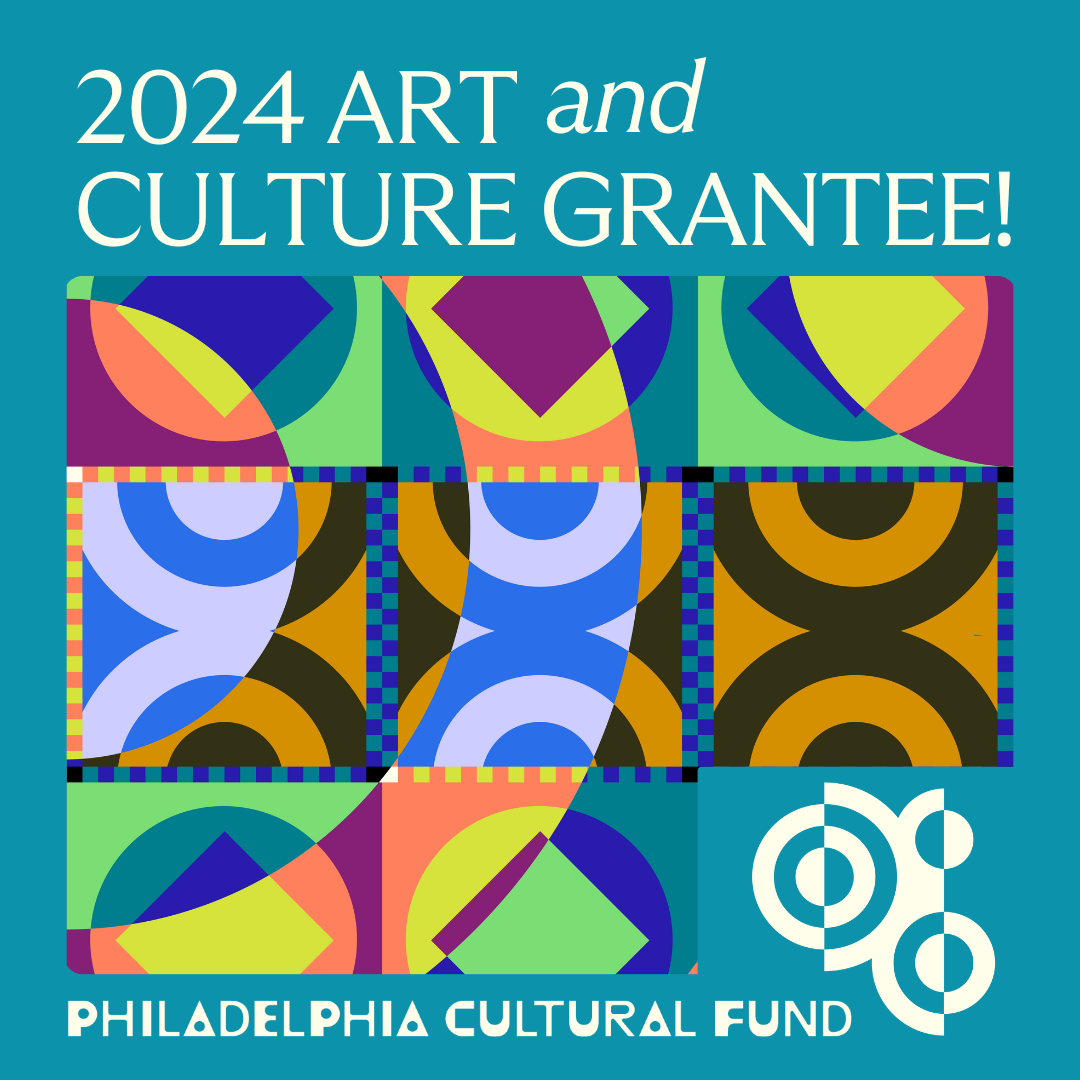This grand boulevard, named after Philadelphia’s most famous citizen, is Philadelphia’s early 20th century contribution to the City Beautiful Movement and connects the downtown to Fairmount Park, fulfilling William Penn’s vision of a “greene countrie towne.” View the grand neoclassical structures that house this city’s cultural, educational and commercial institutions and view the new home
Archives: Walking Tours
Bankers’ Row
In the early years of the new Republic, Philadelphia was the nation’s financial capital, home to the first stock exchange (1790), the Bank of the United States, the US Mint, the first securities exchange, the first commodities exchange, and other early banking and insurance institutions. The epicenter of this activity was Chestnut Street in Old
Awbury Arboretum
Awbury Arboretum offers 55 acres of green space in dense East Germantown. Originally created as a country estate for the family of Quaker shipping magnate, politician, and philanthropist, Thomas Pym Cope, successive generations of that family engaged important local architects to design their houses, including Thomas Ustick Walter, Addison Hutton, Cope & Stewardson, and Duhring Okie
Bella Vista
Bella Vista (“beautiful view”) is a vibrant, historic residential neighborhood and home to the famous Ninth Street Market, AKA the Italian Market, one of the nation’s oldest continuously operating open-air markets. The tour will highlight the lively neighborhood’s architecture, diverse ethnic mix, and social changes.
Society Hill Stroll
Society Hill received its name from the “Free Society of Traders” who were granted a strip of land in this area by William Penn in 1683. Take a leisurely walk through this country’s largest, intact collection of original colonial and post-colonial residential architecture. Learn about this neighborhood’s mid 20th century renewal efforts and its contribution
Powelton Village
The small neighborhood of Powelton Village in West Philadelphia has great stories to tell. Settled by Welsh Quakers after 1682, the village was named for the 18th-century estate of Samuel Powel, the mayor of Philadelphia during the Revolution. This tour features an eclectic variety of mid- to late 19th-century houses, mansions, and a few churches
Mount Moriah Cemetery

Join Bill Warwick on a walk through time on nearly 200 rolling acres of secluded, and largely unknown Victorian era rustic green space situated in South West Philadelphia and Yeadon Delaware County. Chartered in 1855 and the final resting place for an estimated two hundred thousand persons, we will walk and discuss the history of the cemetery
Frankford
Discover beautiful Victorian residences, churches, and public buildings in this historic neighborhood that developed along an old Native American trail. See the commercial revitalization efforts of today’s Frankford Avenue. Learn about Frankford’s early history that predates Philadelphia and how it figured prominently in this city’s colonial past. Experience its tremendous growth during the city’s industrial
Lansdowne
Explore historic Lansdowne Borough and its early Victorian subdivisions that were created as a result of the expansion of the West Chester and Philadelphia Railroad. Lansdowne has two National Register listed Historic Districts, 12 locally designated districts and hundreds of historic buildings, all within a square mile. Come explore the tree-lined streets of two neighborhood
Beechwood: Suburban Haverford Township
Explore the early 20th Century suburban developments of Penfield, Brookline, and Beechwood that were made possible by the expanded railroad and trolley lines. The tour includes the former site of the short-lived Beechwood Amusement Park that was created by the P&W in 1907 as well as the former home of the Slinky inventor. Take a
